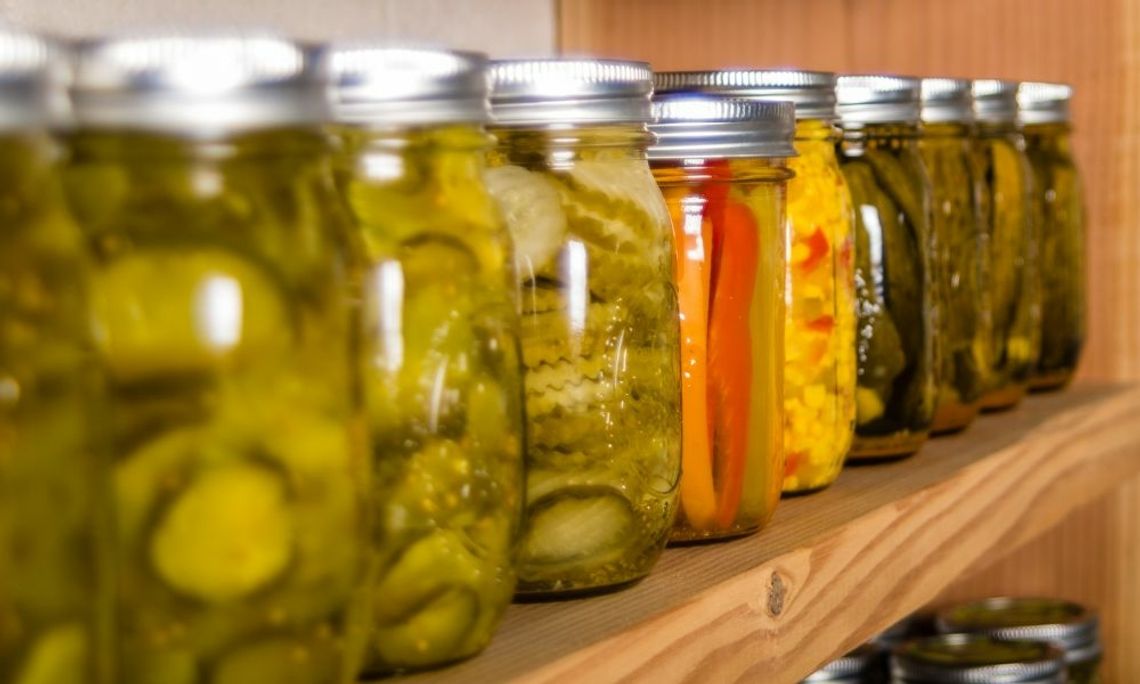As someone who loves preserving my own fruits and veggies, I know how important prioritizing safety in my canning practices. Failing to follow proper canning methods can lead to dangerous bacteria in your canned goods, which can lead to serious illnesses such as botulism. So today, we're going to talk about the risk of botulism in home canning and how you can avoid it.
Understanding What Botulism Is
First things first, let's dive into the nitty-gritty of what botulism is. Botulism is a rare yet incredibly dangerous foodborne illness you can get from ingesting food contaminated with the toxin-producing bacteria called Clostridium botulinum. These nasty little bacteria release a potent toxin that attacks the nervous system, ultimately leading to paralysis and even death. Botulism-causing bacteria thrive in environments with low oxygen, like canned goods, so understanding how to inhibit their growth is so important.
Factors Contributing to the Botulism Risk in Home Canning
Now that we know what we're up against, let's discuss why home canning is particularly susceptible to botulism. The home canning process allows us to preserve foods by sealing them in airtight jars, reducing oxygen exposure which, unfortunately, creates the perfect breeding ground for Clostridium botulinum. Moreover, low-acid foods (such as vegetables, poultry, and fish) pose a higher risk of botulism as the bacteria thrive in these environments.
So what can we do to minimize the risk of botulism when canning our delicious goodies at home?
Safe Home Canning Practices You Should Follow
To significantly reduce the risk of botulism in home canning, follow these simple yet effective practices:
- Time and Temperature Control: Always use a pressure canner when processing low-acid foods. This ensures your canned goods reach the proper temperature of 240°F for an extended period, killing off any spores that could produce the deadly toxin.
- Proper Acidity: Adding acidity to canned goods, such as lemon juice for tomatoes or vinegar for pickles, helps prevent the growth of Clostridium botulinum. For the best results, follow tested recipes for safe home canning and pay careful attention to the recommended acidity levels.
Storage and Inspection Best Practices
Last but not least, I recommend you properly store and regularly inspect your canned goods to avoid any botulism-related health hazards. Store your canned goods in a cool, dry, and dark place, ideally between 50°F and 70°F. Also, routinely inspect your canned goods for signs of spoilage. Learn how to detect botulism in canned foods at home, such as by looking for leaks, bulging lids, or an off smell. When in doubt, throw it out.
You now know the risk of botulism in home canning and how to avoid it. With these research-backed and proven practices, you can enjoy your home canning experience, knowing you're keeping yourself and your loved ones safe. Keep cooking, stay safe, and happy canning!


Comment
Comments